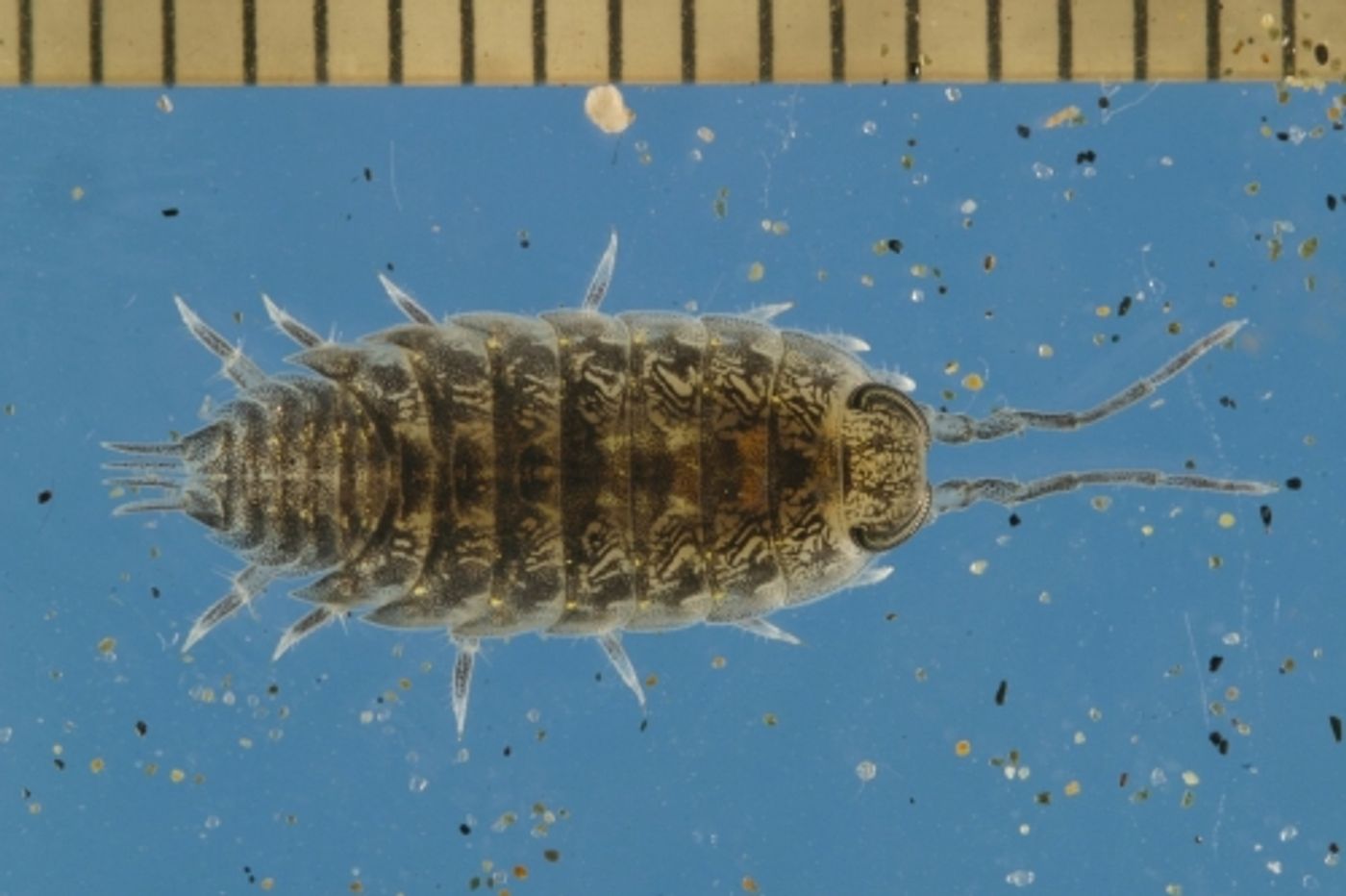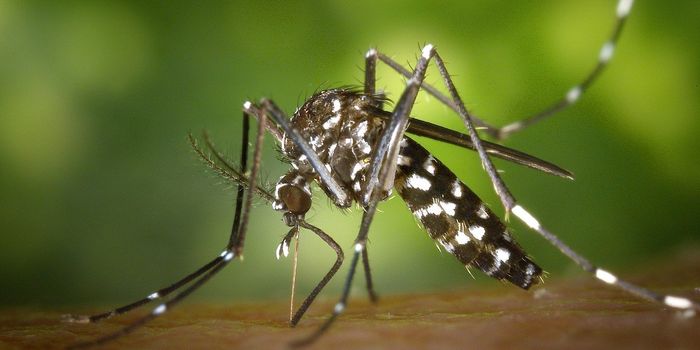An Internal Tidal Clock Tells This Isopod When it's Feeding Time
We’ve known for ages that animals have a good sense of time and can control their behavior depending on the time of day it is. Many times, this sense is attributed to something known as a circadian clock, which even humans seem to have. On the other hand, some animals also have something known as a circatidal (tidal) clock, which works in similar ways.
While these internal clocks are well-known and well-documented in humans, the way it works in various animal species is still a mystery, which is why scientists continue to study animals that exhibit these features.
A species of nocturnal isopod that goes by the scientific name of Scyphax ornatus appears to work around a tidal clock. Researchers from The University of Auckland in New Zealand say that they’ve successfully demonstrated this clock in the lab by manipulating light/dark and tidal patterns in a controlled environment. Their results appear on the journal Scientific Reports.
Image Credit: University of Auckland
These creatures are known for leaving their sandy burrows when nighttime rolls around so that they can go on feeding frenzies. Moreover, they try to stay away from the water as the tide rolls in, so they’ll climb up higher on the beach to avoid it; likewise, when the tide recedes, they will head back out.
Related: Setting bacteria's biological clock
“What we have found is that, in the laboratory, with light and tide cycles artificially manipulated, these animals follow the same rules of behavior as they would in the wild,” says study lead author Dr James Cheeseman. “So we can very accurately change the semilunar rhythm by changing the perceived length of the day and tidal cycles.
In the lab tests, even though the animals were ripped from their natural habitat and placed in the lab where the outside light conditions were completely invisible, they continued to respond to their internal tidal clocks despite the contradicting artificial lab conditions created by the researchers.
When the researchers deprived the animals of stimuli that would normally trigger their tidal clocks to kick in, the animals still followed their internal instincts to feed. This meant they were operating purely off of their internal clocks rather than watching for changes in light or tide conditions in the lab.
“That tells us their semilunar or fortnightly behavior continues to be regulated by the interaction of circatidal and circadian clocks even where there is either no external stimuli or they are in an environment with artificial light cycles or tidal cycles,” Dr Cheeseman continued.
What this means is, try as you must, you aren’t going to disturb an animal’s natural cycle with artificial means. They’re simply hard-wired to live their lives a certain way.
Source: The University of Auckland









